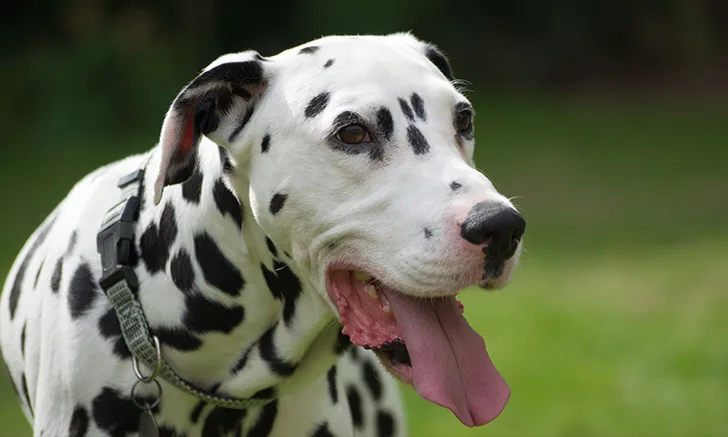Differential Diagnosis: Panting
Julie Allen, BVMS, MS, MRCVS, DACVIM (SAIM), DACVP (Clinical), Durham, North Carolina

Following are differential diagnoses, listed in order of likelihood, for patients* presented with panting.
Normal (some panting, such as with heat, exertion, or excitement, can be considered “normal”; can also be seen in cats, particularly young cats, although this is less common)
Excessive weight/obesity
Pain
Behavior issue (eg, anxiety)
Respiratory disease (eg, laryngeal paralysis, chronic bronchitis [including cats])
Cardiac disease (eg, congestive heart failure)**
Pulmonary hypertension
Drug effects (eg, from opioids or glucocorticoids)
Endocrine disease, usually in association with other clinical signs:
Hyperadrenocorticism
Hyperthyroidism
Pheochromocytoma
Fever
Systemic hypertension
Acidosis secondary to:
Renal failure
Diabetic ketoacidosis
Ethylene glycol or salicylate toxicity
CNS disease:
Disease affecting the respiratory center
Postictal
*The differential diagnoses included here are seen most commonly in dogs. Those differentials of note in cats are highlighted.
**Cardiovascular disease should be ruled out in young cats presented with panting.